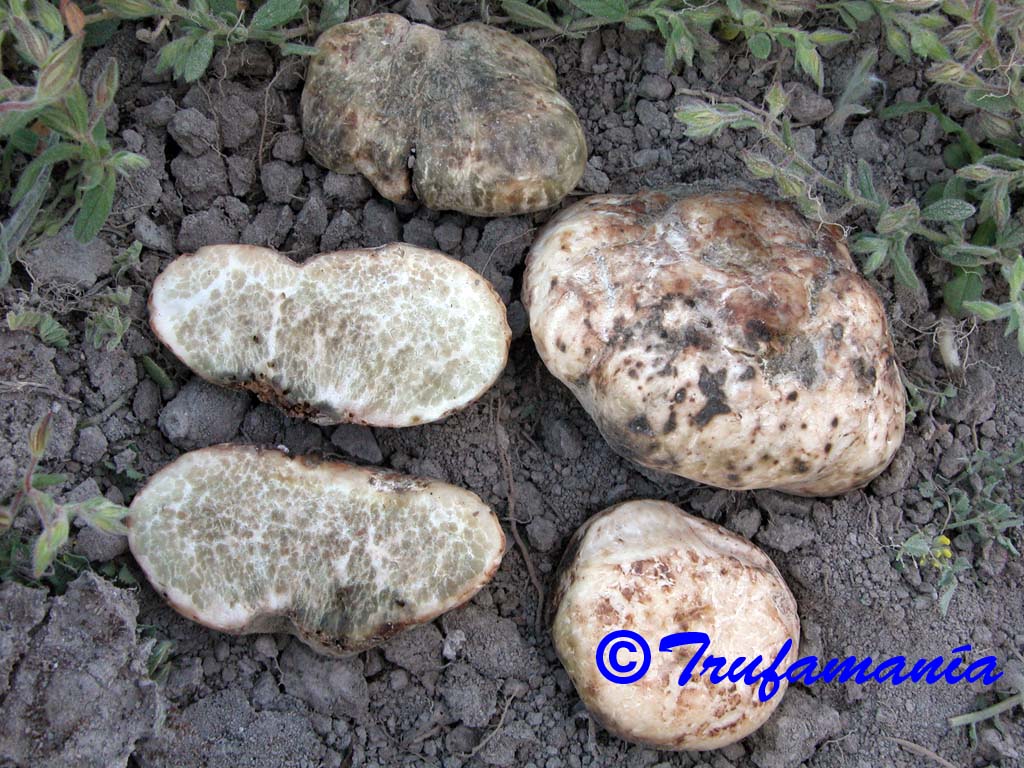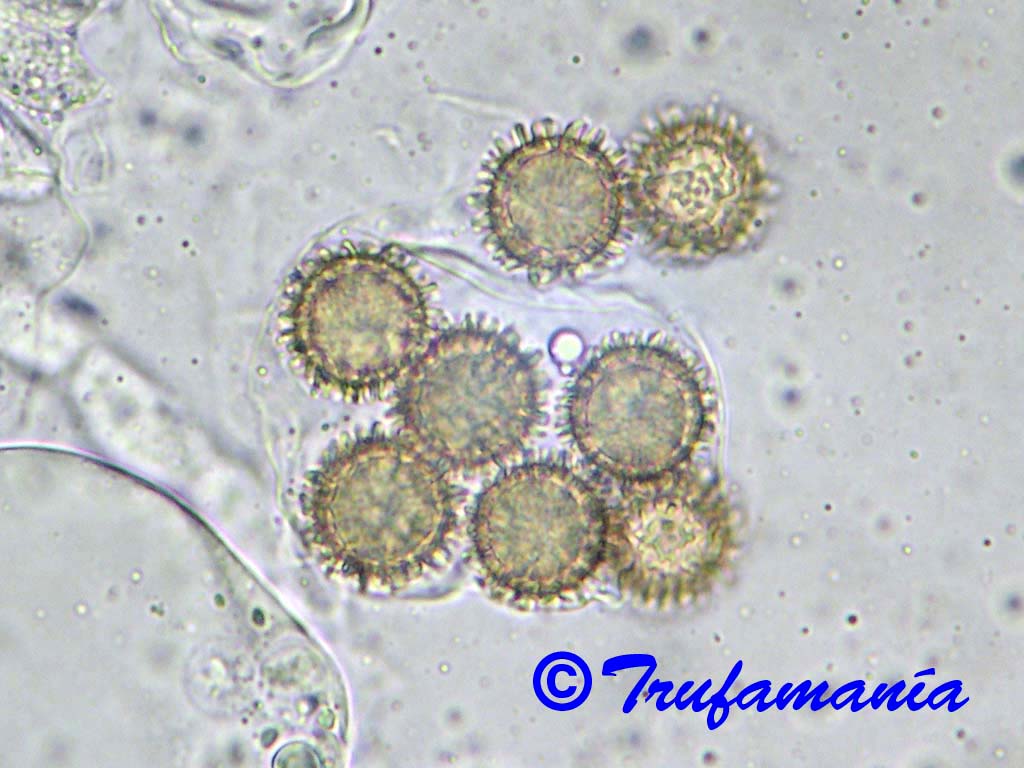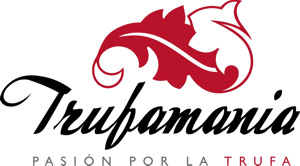TERFEZIA ALBIDA Ant. Rodr., Muñoz-Mohedano & Bordallo
Mycotaxon 124: 201 (2013)

(Click on the picture to see more images)
Macroscopic characters:
Ascomata: hypogeous to partially emergent at maturity, 2–4 cm across, 3–4 cm high, subglobose to turbinate, pulvinate, often with tapered, sterile base, white at first, becoming light beige, often black spots on the sun-exposed parts or where handled, greenish with age on injured areas, smooth
Peridium: 200–500 µm thick, poorly delimited, white in cross section, pseudoparenchymatous, composed of subglobose cells, of variable size, hyalines and thin-walled in the innermost layers, yellowish and with thicker walls in the outermost layers.
Gleba: solid, fleshy, succulent, white at first, maturing to grayish green pockets of fertile tissue separated by whitish, sometimes with pink spots, sterile veins.
Odour: faint, spermatic, more remarkable in young specimens
Taste: mild.
Distibution, Habitat and Season:
Southeast of the Iberian Peninsula, limited to arid and semiarid areas, in calcareous, alkaline soils, associated with Helianthemum spp., from late April to mid May, sharing habitat with Terfezia clavery, although Terfezia albida usually prefers more saline and clay soils and appears later.
Comments:
Molecular analysis have shown several distinct clades within spiny spored Terfezia species with pseudoparenchymatous peridium. Terfezia albida differs from other spiny spored Terfezia species in the larger average size of ascomata, white colour of peridium and spermatic odor. Terfezia albida is the only spiny spored Terfezia species associated with Helianthemum spp.in alkaline soils. Terfezia eliocrocae and Terfezia clavery share habitat with Terfezia albida but they have reticulate spores.

(Click on the picture to see more images)
Microscopic characters:
Asci: nonamyloid, subglobose to ovate, sessile or short-stipitate, 70–85 (–90) x 55–70 µm, walls 1 µm thick, with 6–8 irregularly disposed spores, randomly arranged in the gleba.
Ascospores: globose, (18–)19–22(–23) µm diam (median = 20 µm) including ornament, 14–17(–18) µm (median = 16 µm) without ornament, hyaline, smooth and uniguttulate at first, by maturity yellow ochre and ornamented with conical, blunt, straight spines, sometimes cylindrical and curved, sometimes truncated, separate, 2–3 µm long, 1–2 µm wide at the base, sometimes connected to form a pseudo-reticulum.
| Antonio Rodríguez trufamania@gmail.com antonio@trufamania.com |



